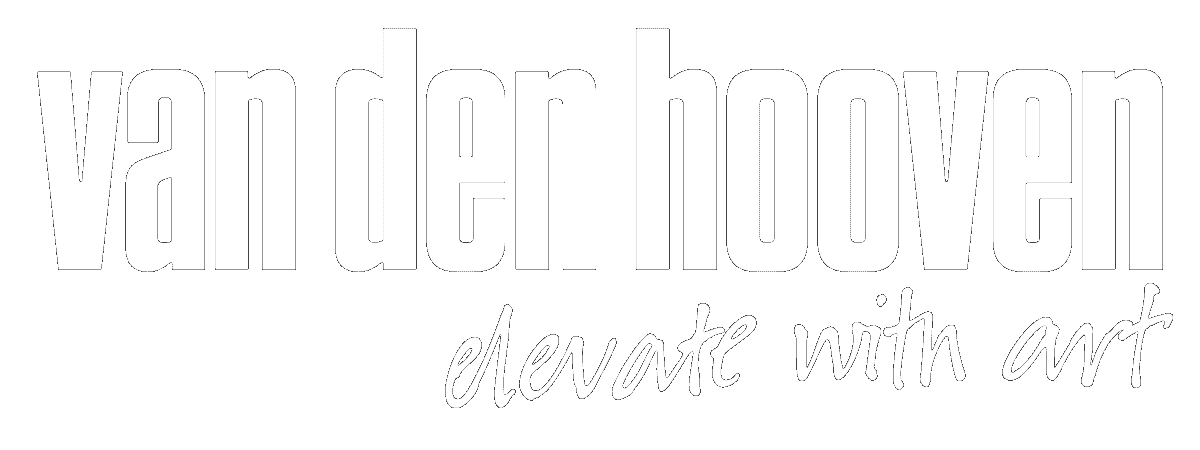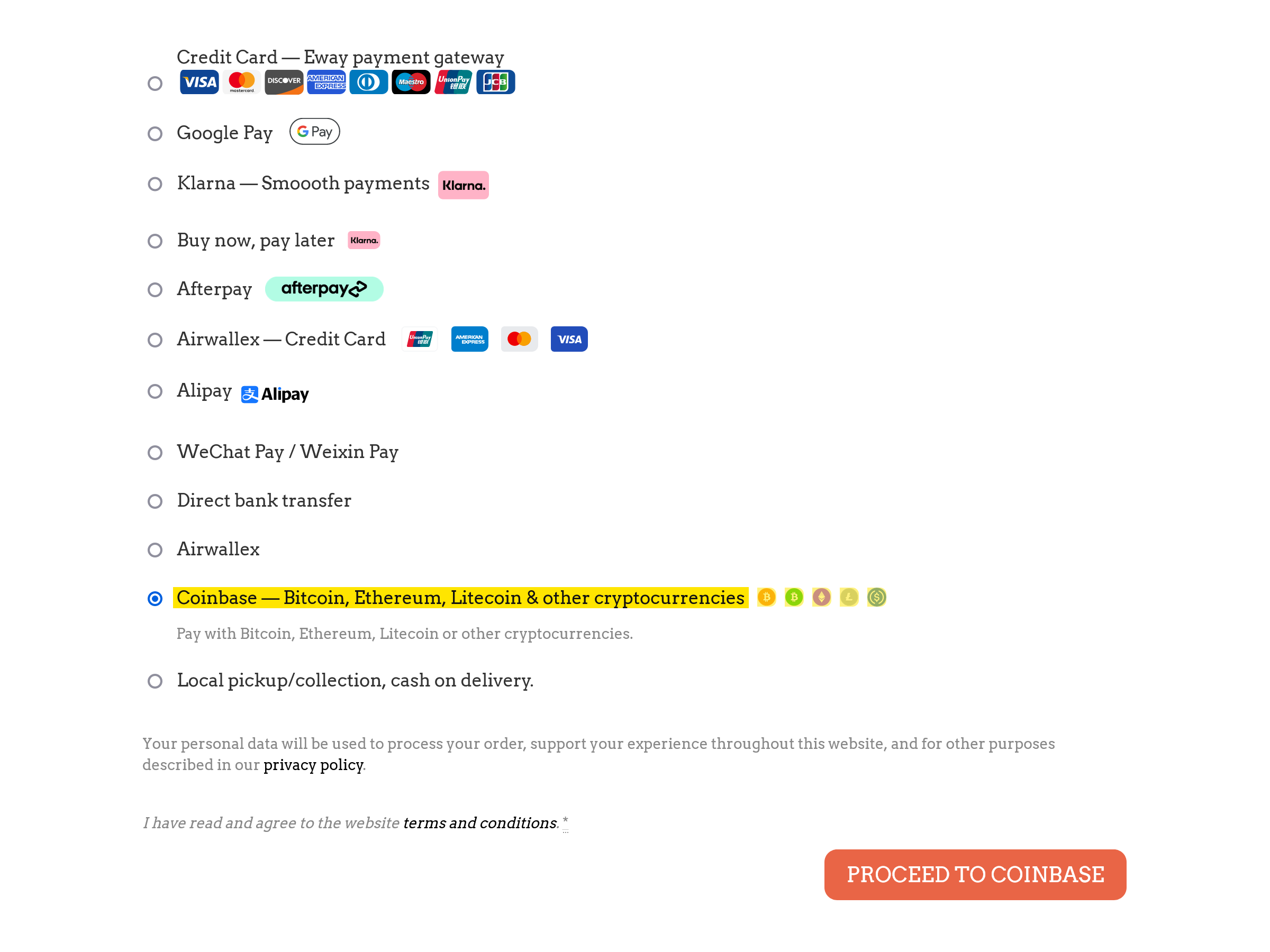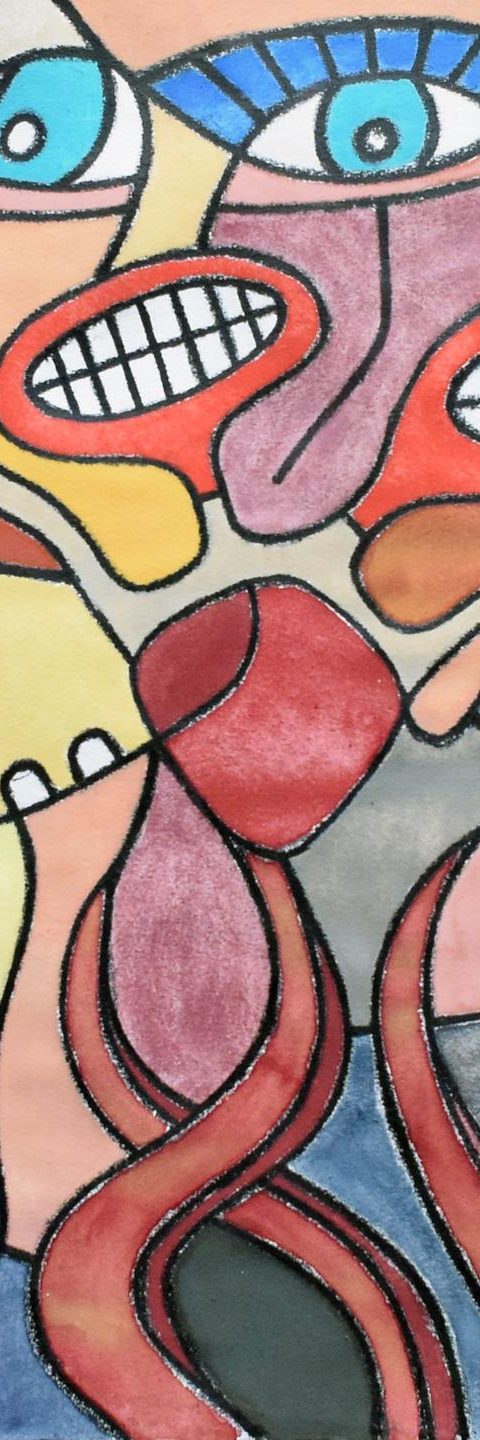What’s the difference between ‘organic’ and ‘inorganic’ pigments?
What’s the difference you ask? We’re glad you asked, and we’d like to clear that up for you once and for all.
The difference is that ‘organic’ pigments are primarily composed of compounds containing the element carbon (and hydrogen). They may not even contain any metal elements at all, just mainly carbon.
Since van den hooven has a strong science background, most of the colours that van den hooven chooses to use today are inorganic pigments (as opposed to “organic” pigments). Why?

Inorganic pigments
Very basically, inorganic compounds are those that exclude carbon molecules. They don’t contain carbon. They are primarily composed of any of the other elements remaining in the periodic table.
Now, most substances (elements) in nature like to end up as compounds, since they are more stable that way, thermodynamically speaking. Some of them end up as very stable minerals crystals (for example silicates; for example the Earth pigments), many are oxides, some are sulfides, and so on.
The resulting bonding between metals and non-metal atoms in such compounds is known as “ionic bonding”. Ionic bonds are stronger than covalent bonds because they involve the transfer of electrons rather than an equal sharing of electrons (and something about ideal bond angles). And since ionic bonds are generally stronger than covalent bonds, more energy is required to dissociate ionic bonds than covalent bonds.
Furthermore, some of these inorganic compounds form what are known as “ionic crystal lattices”: a regular repeating arrangement of ions spread out in all three dimensions (no I’m not making this up) which reinforces things even further. It’s all about the bonding.
That’s essentially why plastic melts/degrades upon heating and things like rust and salt don’t. More on the significance of this below.
So for example, does Ayers Rock ‘fade’? No. It’s basically the same colour it’s always been. And it’s been bathing in high-intensity UV light for some 500-odd million years or so.

Organic pigments
“Organic” pigments on the other hand, are primarily composed of carbon and hydrogen, with some other elements such as oxygen and nitrogen sometimes thrown in.
All organic carbon compounds have what is known as covalent bonding, whereas as stated above, most inorganic compounds have ionic bonding. So in a nutshell, carbon compounds, the so-called “organic compounds”, generally have significantly weaker molecular type of bonding mode than inorganic compounds.
Worse, many synthetic organic pigments that do contain metals (like phthalocyanine) are in fact not entirely covalently bonded. The lone central copper (or perhaps nickel) atom here instead forms something called an “organometallic complex”, exhibiting a special type of “coordinate bond”. Complexes are biodegradable. These complexes are not to be confused with chelates (eg chlorophyll, the green pigment of plants) or coordination complexes. And the bonds binding the singular metal atoms contained in this lot are weaker still. Well they certainly are if the surrounding oragnic molecule breaks apart for whatever reason. Then there are things called ligands…
[but here’s where my knowlege of chemistry gets a bit rusty, because having only done three chemistry subjects, I branched off and studied materials (solids) instead, whereas chemists are always going on about liquids…]
Now here’s the scary thing. The thing is, carbon-carbon bonds can and do break apart. Organic compounds are known to decompose in ultraviolet light. UV light essentially attacks these bonds and the resulting process is known as photodegradation or photooxidative degradation (via chain scission).
So if you ever see a horrible pthalo green or pthalo blue colour in something claiming to be a van den hooven, you instantly know it’s a fake.
To put this into numbers, lattice dissociation energies calculated for ionic [inorganic] compounds typically fall in the range of 600–4000 kJ/mol (some even higher), whereas covalent bond dissociation energies are typically between 150–400 kJ/mol for single bonds.
Summing up, essentially, inorganic pigments/compounds contain more of the good bits (transition metal elements) and less (or no) carbon + hydrogen.
So we, as former scientists, already know that inorganic pigments are generally-speaking the least likely to break down, decompose or fade (with few exceptions) because they are fairly basic, stable elemental compounds. Thus, they tend not to degrade in sunlight.
We don’t even really need to do any light resistance pigment testing, because even if an inorganic pigment does fade, which is unlikely, the chemical information is still there. Unlike an organic pigment, which becomes a complete carbon mess.
So who knows? In the far future, it would be possible to scan the composition of elemental residue over a van den hooven artwork in like a two-dimensional scanner, and because each artwork contains a significant amount of different transtition metals compounds, have it completely restored.
Conversely, in one hundred thousand years from now, you won’t know the remnants from one organic pigment from the other on an artwork made with synthetic organic pigments, and that’s why we primarily choose inorganic pigments instead wherever possible.
If this interests you further, you can read more about the molecular chemistry of synthetic organic art pigments here and here. For more information about chemical bonding in general, might I suggest the LibreTexts chemistry website. Lots of visual resources to be found about bonding there.
https://en.wikipedia.org/wiki/List_of_inorganic_pigments
https://en.wikipedia.org/wiki/Category:Organic_pigments




